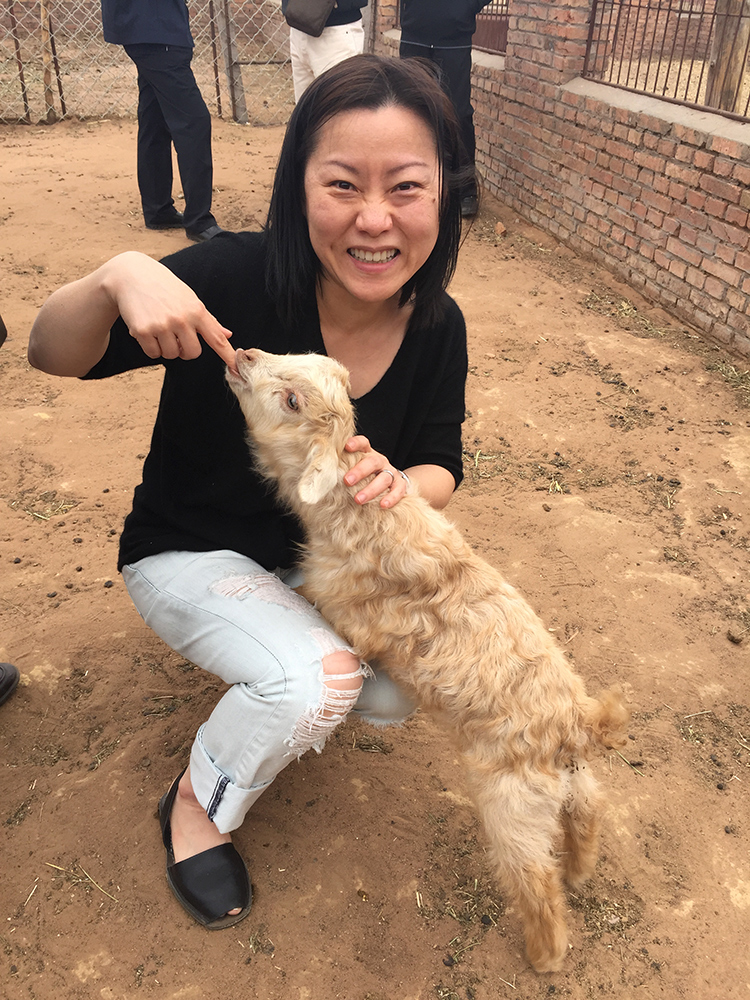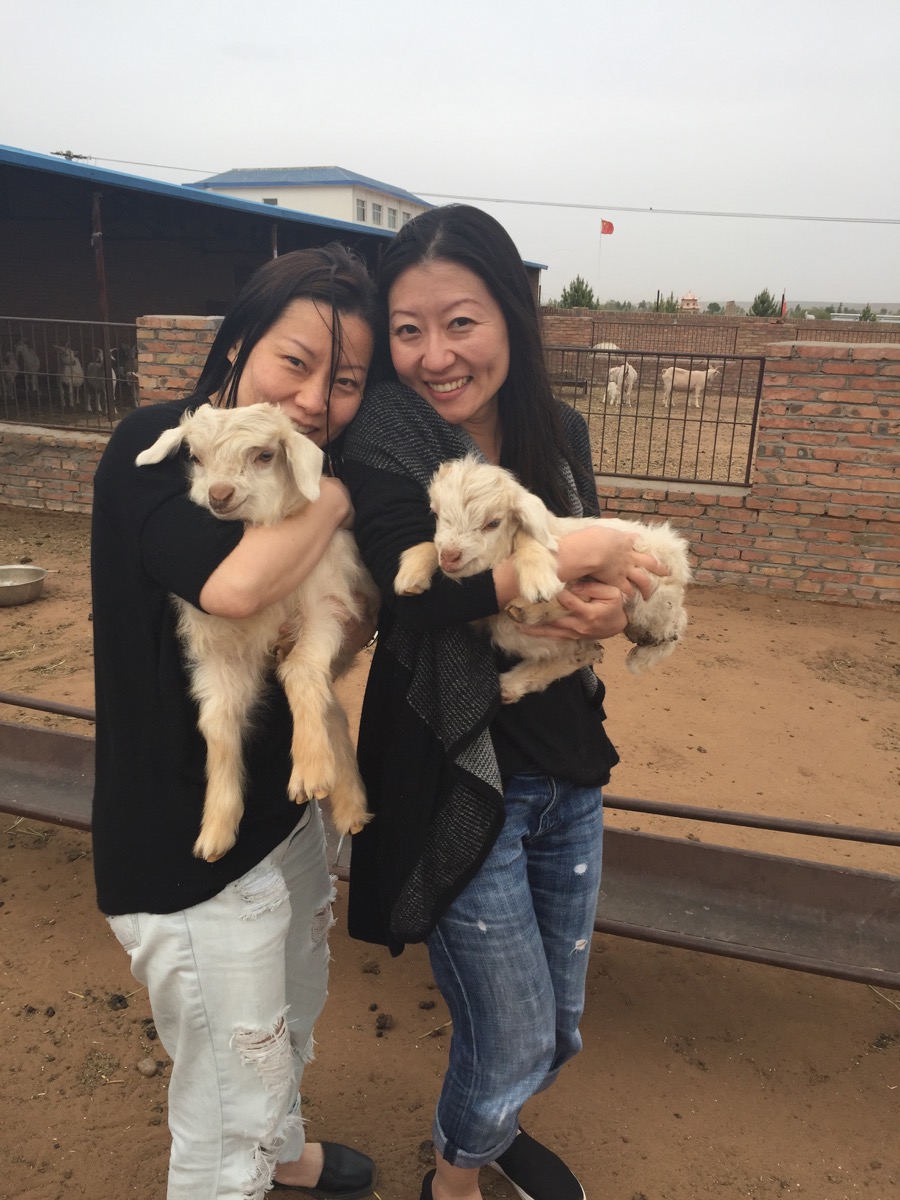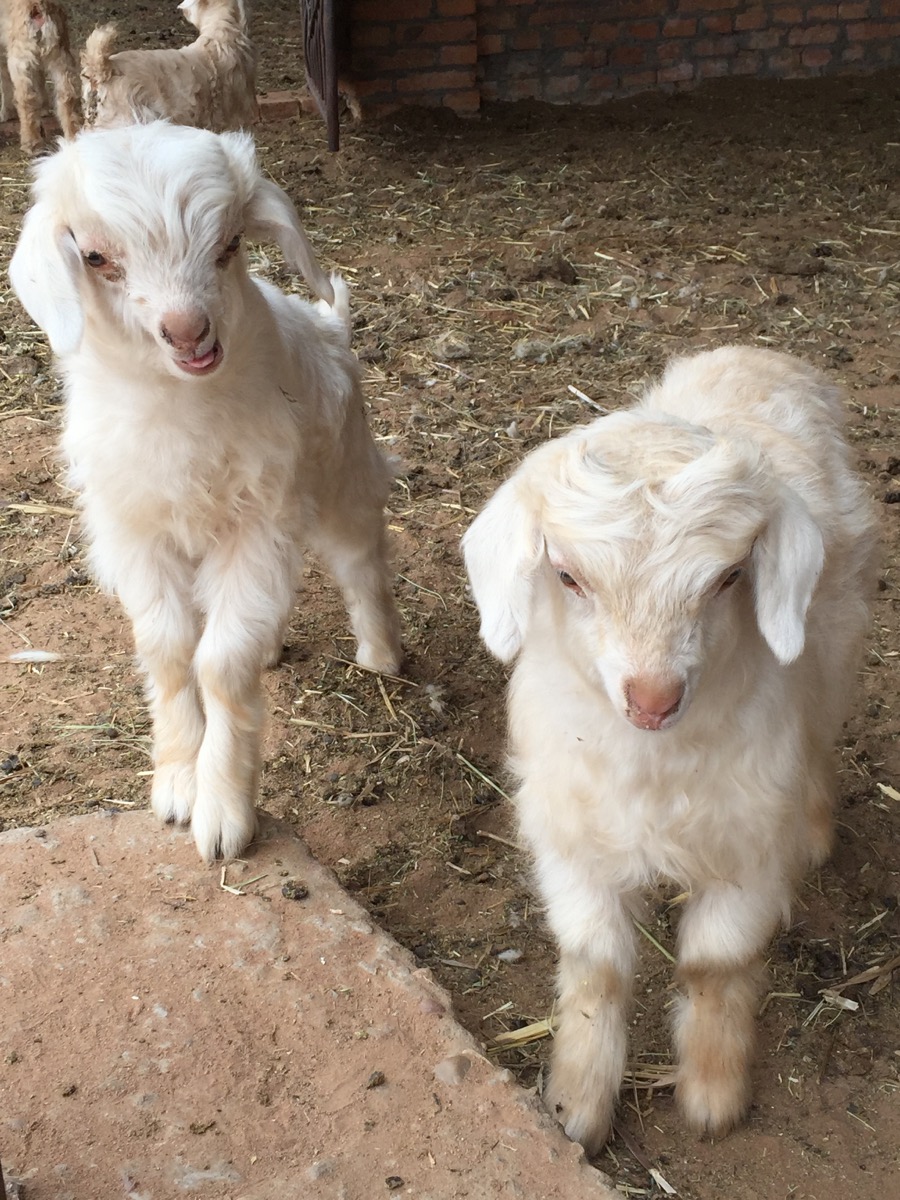
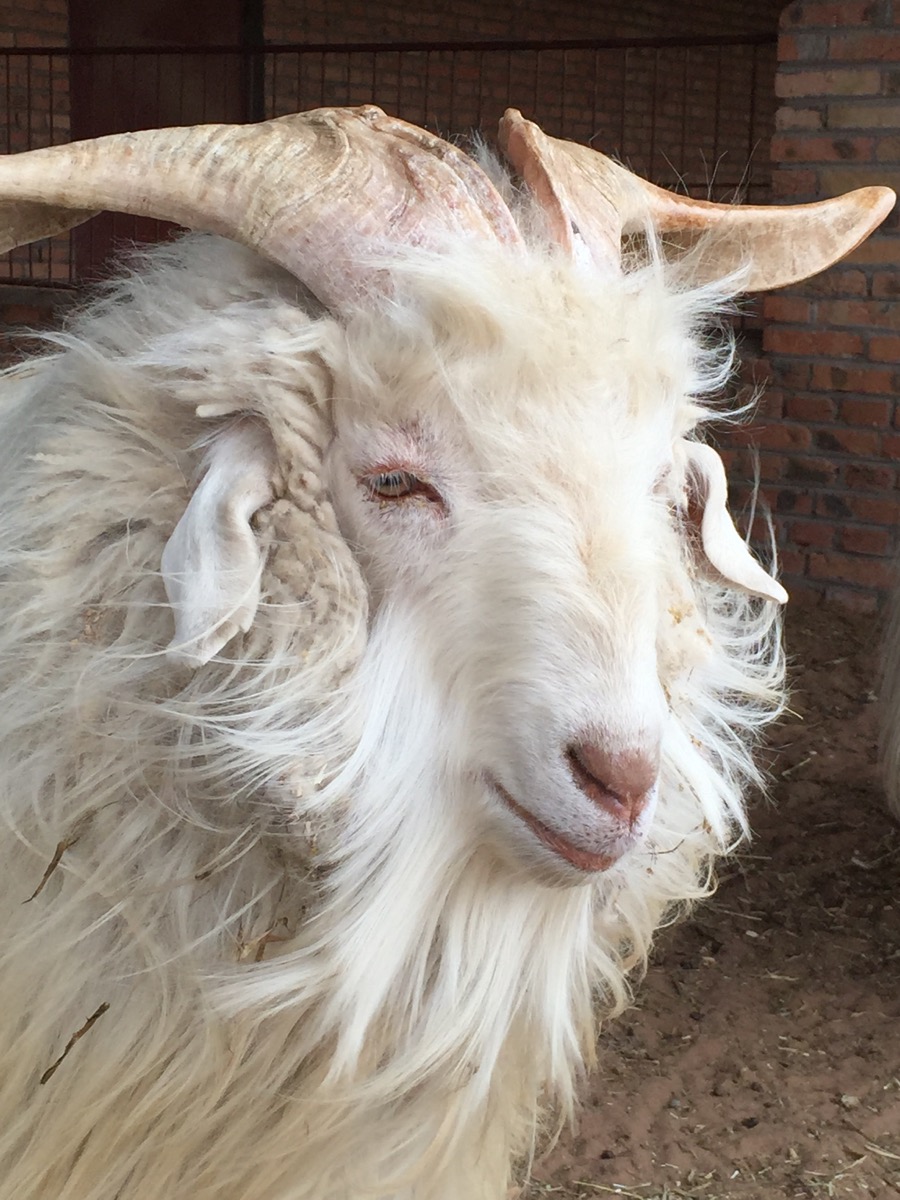
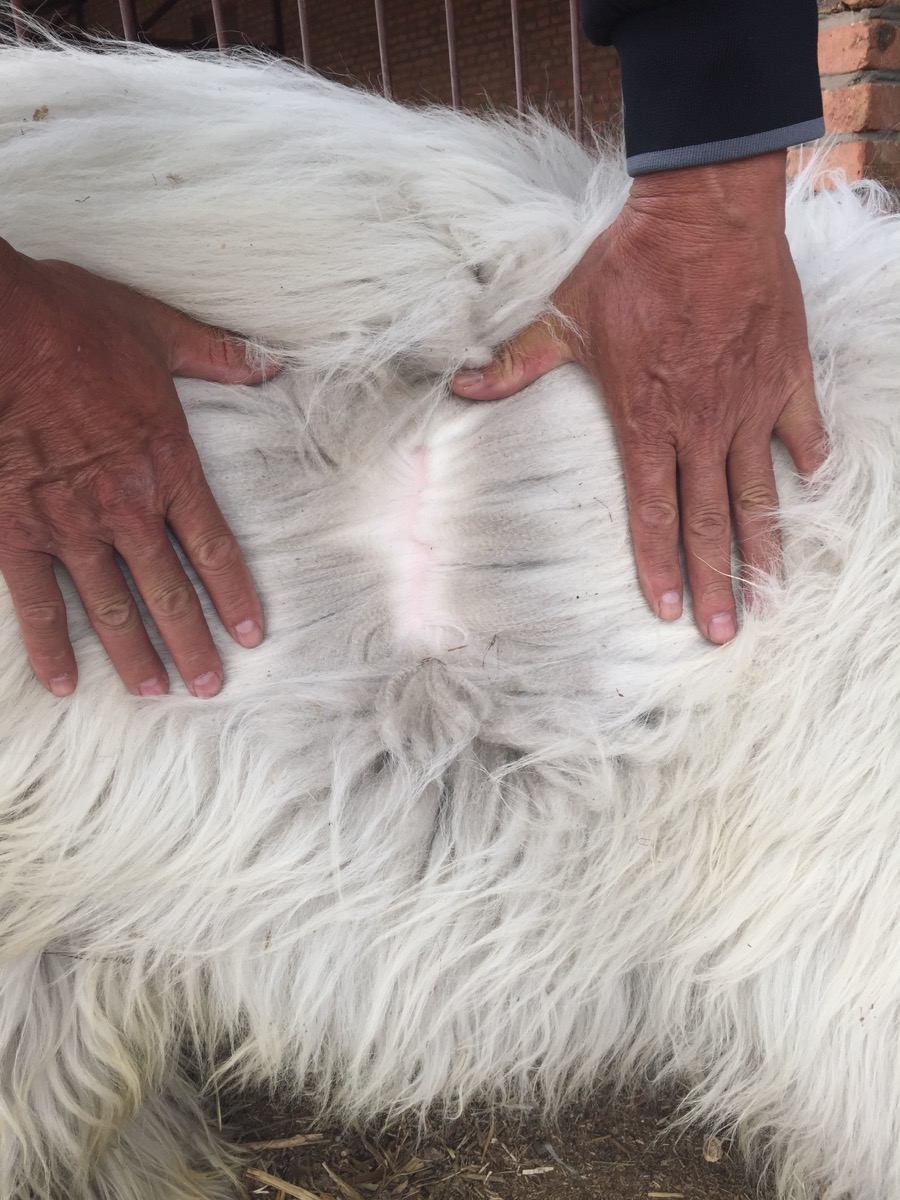
Why cashmere?
Cashmere, the nature fiber of the highest quality, is luxuriously soft and feather-light in weight. Cashmere fibers can be compactly arranged during the spinning process, resulting in excellent warmth retention (typically 8 times that of wool) without adding bulk. Therefore, cashmere garments are uniquely breathable and comfortable.
In addition, cashmere fibers are strong and elastic, meaning that they return to their original state when stretched, so cashmere garments retain their shape during wear and laundering. Another interesting fact is that as cashmere is worn and hand washed over time, the fibers will become softer and softer.
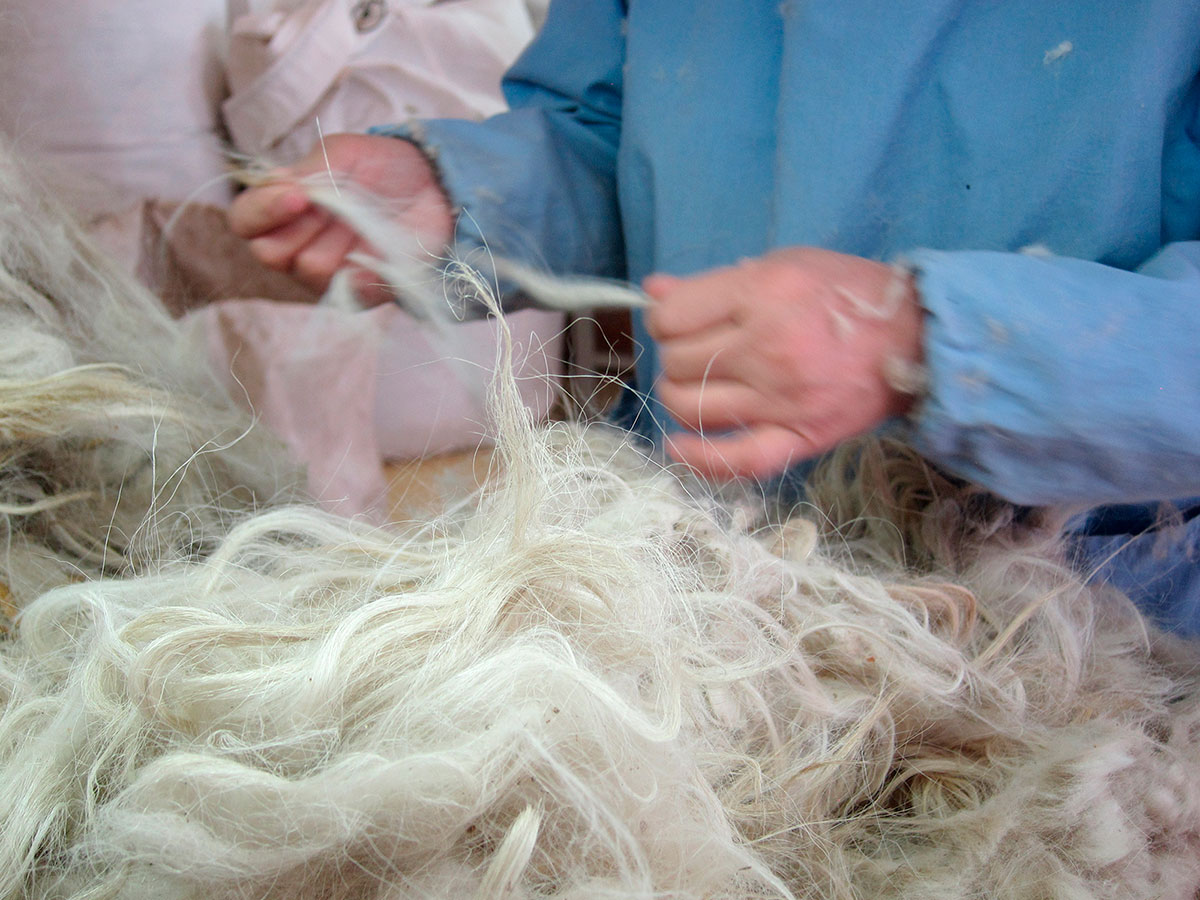
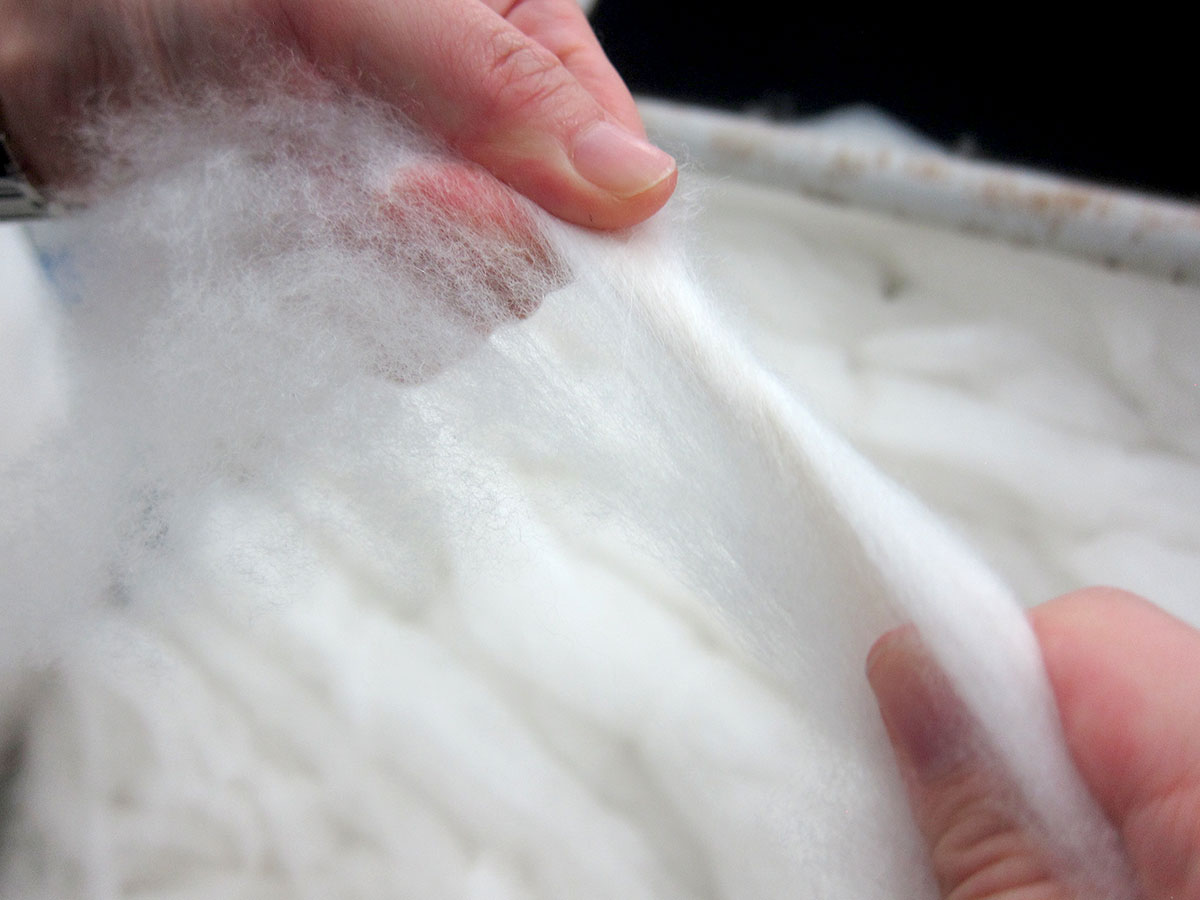
How to determine the quality of cashmere?
Cashmere fiber quality is measured in length (measured in millimeters), diameter (measured in microns), and color. Micron (μm) is a measure of diameter equal to 0.001 mm, or 1 millionth of a meter, or 0.04 thousands of an inch; human hair is on average 50 microns. In order for a natural goat fiber to be considered cashmere, it must be under 19 microns in diameter and be at least 34 mm (1.339 inches) long.
The longer, finer, and whiter the cashmere, the more rare and expensive it is. Finer and longer cashmere is what goes into luxury garments (our cashmere is about 15 microns). Thicker, shorter hair will be made into less expensive garments and is often used as part of a blend.
What is worsted cashmere - the focus of Paychi Guh from the very beginning?
Only the longest fibers (longer than 36 mm) passing through an additional combing process can be converted into worsted yarn. The selected, longer, and more uniformed fibers are then put into parallel form to be spun into worsted yarn. It is a finer, smoother, and higher-quality cashmere. The worsted cashmere we source are finer than 15.6 μm and longer than 38 mm.
Everyday Indulgence is our philosophy. By using high-quality 2/48's and 2/60' Inner Mongolian worsted cashmere, we are able to produce lightweight, breathable, and transeasonal cashmere pieces that customers can enjoy throughout the year. In addition, the beautiful drape achieved by the worsted cashmere fabrication can effortlessly flatter most body shapes with exceptional softness and comfort.
What is baby cashmere and why do we love it so much?
The incredibly soft baby cashmere yarns are made with the finest underfleece (finer than 14 μm, about 1/4 thickness of human hair) of baby cashmere goats from Inner Mongolia. Only gathered each spring from 3- to 8-month-old baby goats once in their lifetime, this ultra-fine fibre is extremely precious.
The rare, refined yarn count of 2/42’s further elevates the beauty and drapability of these baby cashmere pieces. This highly specialized manufacturing process of the cashmere factory is awarded with Organic Certification by ECOCERT.
Why is cashmere expensive?
Limited Supply
Cashmere resources are rare and accounts for only 0.2% of the total output of all animal fibers. The supply of cashmere is limited due to the special living condition of these cashmere goats, that these goats shed only once a year each spring.
The Lengthy Fiber-to-yarn Process
After the goats are sheared and hairs collected by hand each spring, the hairs go through many steps including sorting, scouring, re-sorting, and dehairing to eliminate any coarse “guard” hairs before the fibers can be spun into yarn. Some specific processes, for example, sorting, are almost always done by hand, to make sure the selected fibers are as uniform and as pure as they can be.
The scarcity of the fiber and the handwork of skilled workers with 10+ years of experience required to convert that fiber into a luxurious garment both contribute to cashmere’s price.
Where does our cashmere come from?
Cashmere is the downy undercoat grown by cashmere goats living in the high and dry plateaus with extreme weather. These goats have a coarse hair that repels the extreme cold. Under that outer coat lies a much finer fiber: cashmere, which insulates these animals from the bitter cold.
Our cashmere is sourced from Inner Mongolia, an autonomous region of China (not to be confused with the country Mongolia, also known as Outer Mongolia). The great majority of the world’s best cashmere comes from Inner Mongolia, where millions of goats contend with temperatures below -22°F (-30°C). The colder the weather and the longer the days, the longer and finer the goat’s hair. And Mongolian weather can drop to -58°F (-50°C); that’s why Inner Mongolia produces the finest and best cashmere in the world.
What about animal welfare and sustainability?
Paychi Guh sources cashmere from prominent yarn suppliers, who work closely with experienced herders that are committed to high levels of animal welfare and environmental protection. The sourcing is transparent and traceable – each garment can be traced all the way back to the specific pasture.
To prevent desertification caused by overgrazing, the local government in Inner Mongolia works with the herders in setting up natural reserves and strict control on herd size. These measures help protect vegetation and preserve the delicate eco-system for a sustainable supply.
Treating cashmere goats with respect is the herders’ way of life. Every spring, as the cashmere goats start to moult, herders carefully shear the goats to collect their downy hair. The goats are not harmed in the shearing process (it is like getting a haircut by a professional!)
Cashmere is a 100% natural fiber, and biodegradable. Each Paychi Guh cashmere piece is designed to be an integral part of the wardrobe, to be worn season after season. Take good care of your Paychi Guh cashmere pieces and they can last a lifetime.
